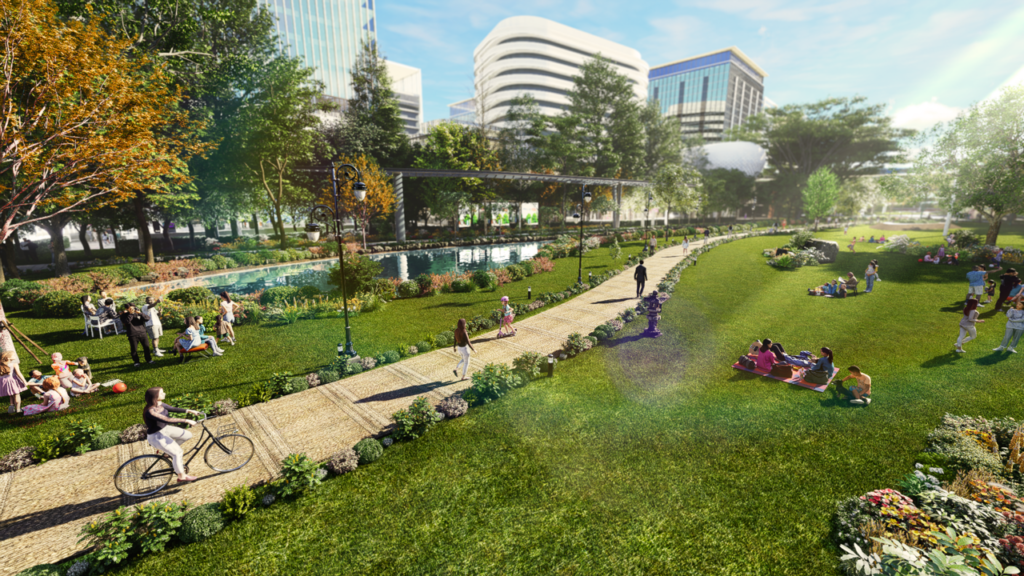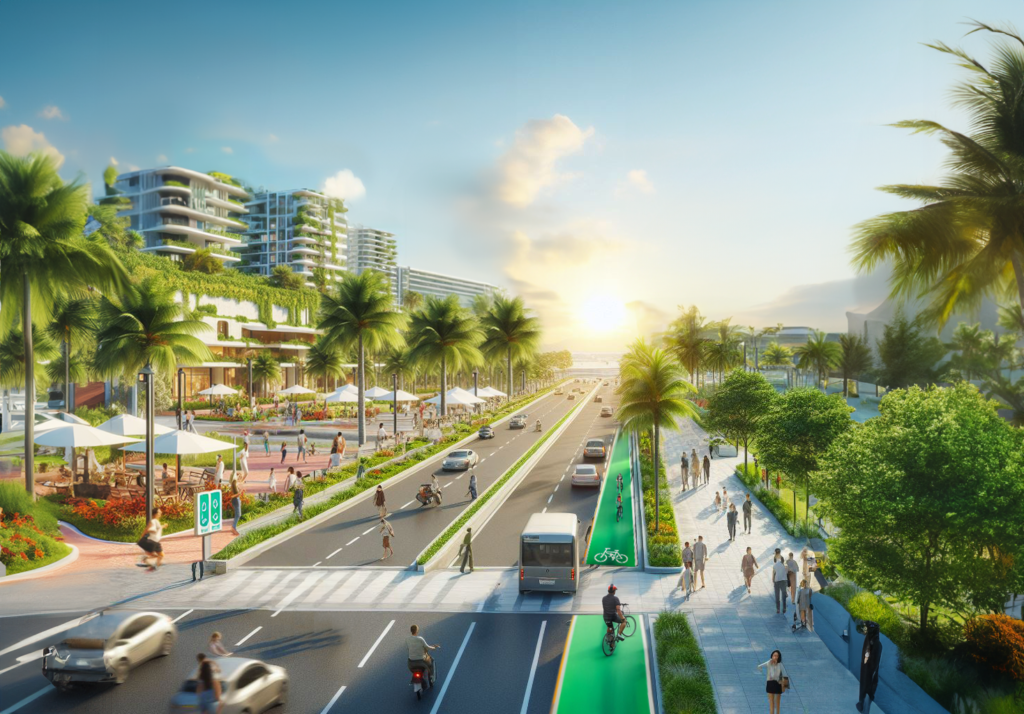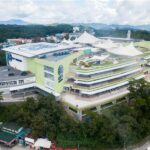For the modern urban dweller, 15 minutes is a lot of time.
A lot of productive things can be done – a high-intensity, interval training (HITT) workout or run a 1.5-kilometer route, clearing your emails, meditating, catching up on the news, or preparing a quick smoothie – all within 15 minutes.
But for the Metro Manila commuter, 15 minutes is barely enough to get from point A to point B. During rush hour, it is most likely that within this time, you still haven’t moved an inch.
Ever heard of the 15-minute city? It’s a modern urban planning concept that puts people and the planet first. The term was coined by Paris-based urbanist and Sorbonne University professor Carlos Moreno wherein he said that the ideal neighborhood or city is built in such a way where work, food, housing, education and cultural activities can be easily accessed within 15 minutes, whether by foot or by using a bike.

An artist’s render of a 15-minute city, where work, food, housing, education and cultural activities are easily within reach.
Pasay City, in its forward-looking 360-hectare smart city development, aims to create an innovative tropical 15-minute city for over 300,000 residents.
Situated at the edge of a densely-packed and overpopulated metropolis perpetually in a traffic gridlock, this city will provide respite to its residents and visitors with sustainable, inclusive, safe, and healthy living where all their needs can be accessed within reach.
Among its intended features, the project is envisioned to have low carbon and safe mobility networks with multimodal public transport services and enhanced infrastructure that prioritizes active mobility like walking and biking. There will be parking lots equipped with electric vehicle charging stations, dedicated bike lanes, easily accessible public transport hubs, and unimpeded pedestrian walkways.

An artist’s rendition of a soon-to-rise 15-minute city in Pasay
This assures lower transportation costs, less carbon emissions, and most importantly, healthier and happier people. No more long and tiring queues at the EDSA bus carousel or sitting hours on end in the middle of EDSA traffic.
The project has been thoughtfully planned and designed for many years, and finally it has received the green light by government to proceed. In fact, no less than Albay 2nd district Rep. Joey Salceda highlighted how the Pasay-led project is expected to earn billions in real estate assets for the government.
Revenues from the project will generate a massive multiplier effect on our gross domestic product (GDP) and an estimated 300,000 new jobs from 2027 to 2040. By 2035, it is projected to employ 4% of the National Capital Region’s (NCR) total work force.
The Pasay 360 Project will be a city that nurtures lives and livelihood, is expected to revitalize the economy, and hone the next generation of Filipino leaders. It can be a source of pride for Filipinos as we push towards the 22nd century.




















